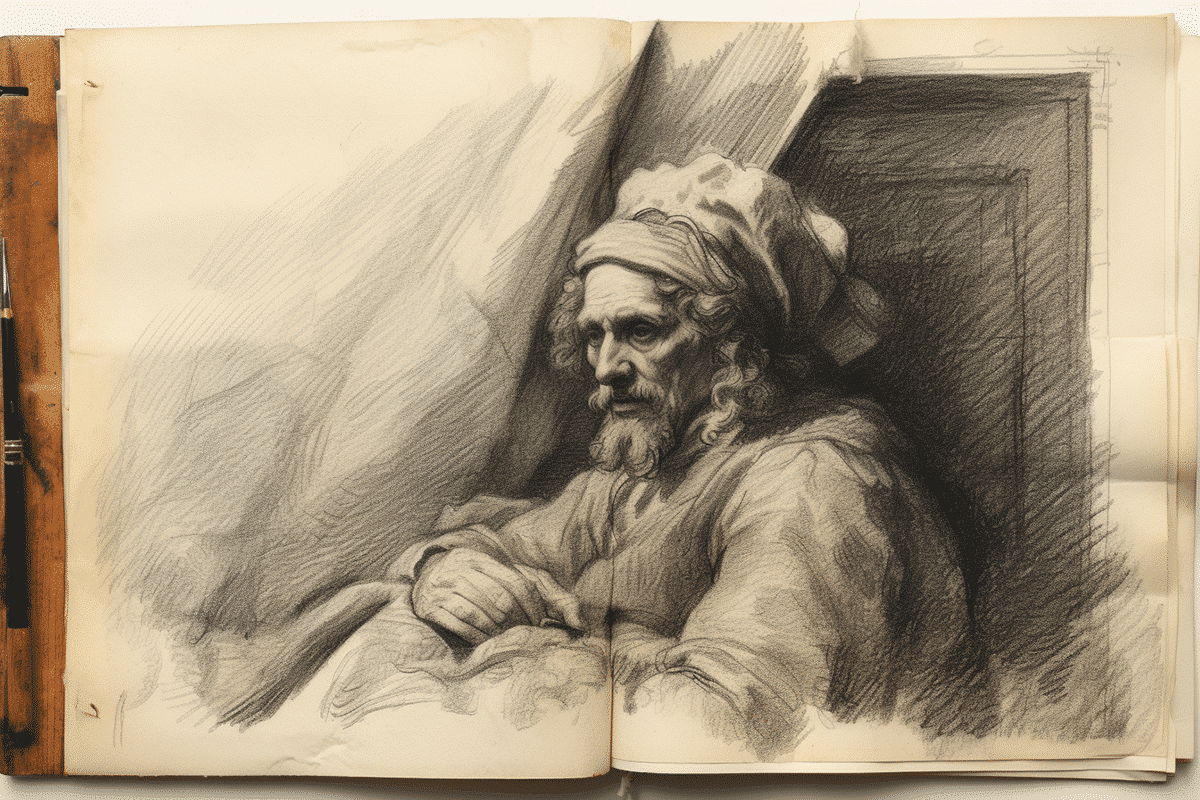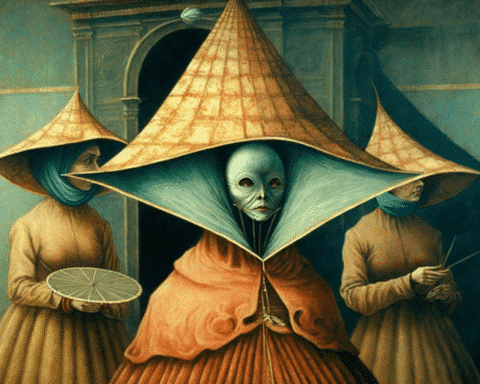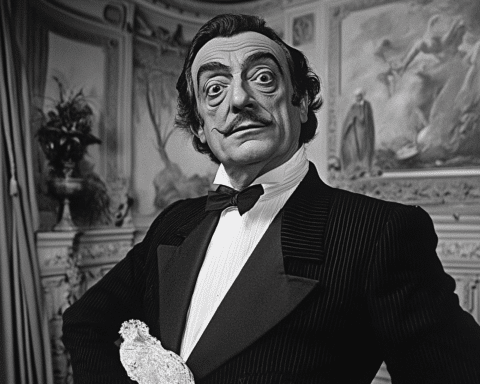In a blend of art and controversy, a 350-year-old etching by the legendary Dutch artist Rembrandt van Rijn has sparked a modern-day debate on explicit content in art. Christie’s, a renowned international auction house, has listed “The French Bed” for sale at its London branch. Remarkably, this piece from 1646 is now shielded behind a content warning, an unusual step for a work by an Old Master.
“The French Bed” is part of the “Old Masters I” collection set to be auctioned this Thursday. Yet, unlike other artworks in this collection, viewing it online requires navigating past a warning for explicit content. The etching, valued at up to half a million dollars, depicts a semi-clothed couple in a moment of intimacy on a four-poster bed.
Christie’s website features an essay accompanying the image, highlighting its rarity as “one of the few explicitly erotic prints by Rembrandt” and “one of the rarest etchings in his entire oeuvre.” The scene is detailed with items like a half-empty wineglass and a feathered hat, adding layers to the narrative. Interestingly, the woman in the etching is portrayed with three arms and hands, a detail that the essay notes as enhancing the vivacity of the scene.
Despite its erotic nature, the essay defends the etching, describing it as neither crass nor obscene but rather “charming and light-hearted.” This perspective aligns with the view of British art historian Richard Morris, who commented to CNN that Rembrandt’s work is relatively sensitive, like that of Courbet or Toulouse-Lautrec. Morris sees the piece as reflecting Rembrandt’s “affection for real life” and finds the content warning an effective marketing strategy that may stimulate bidding.
However, when approached for a comment, Christie’s chose not to elaborate on the decision to place a content warning, leaving the art world and potential bidders to ponder the implications of such a move.
The auction of Rembrandt’s “The French Bed” at Christie’s not only highlights the timeless allure of the Dutch master’s work but also ignites a conversation about the perception of eroticism in art. As this rare etching finds its way into the public eye, it challenges viewers and collectors alike to reconsider the boundaries of explicit content in historic artworks. The decision to include a content warning may be a nod to contemporary sensitivities. Yet, it also underscores the enduring power of Rembrandt’s artistry to provoke and captivate centuries after its creation.




